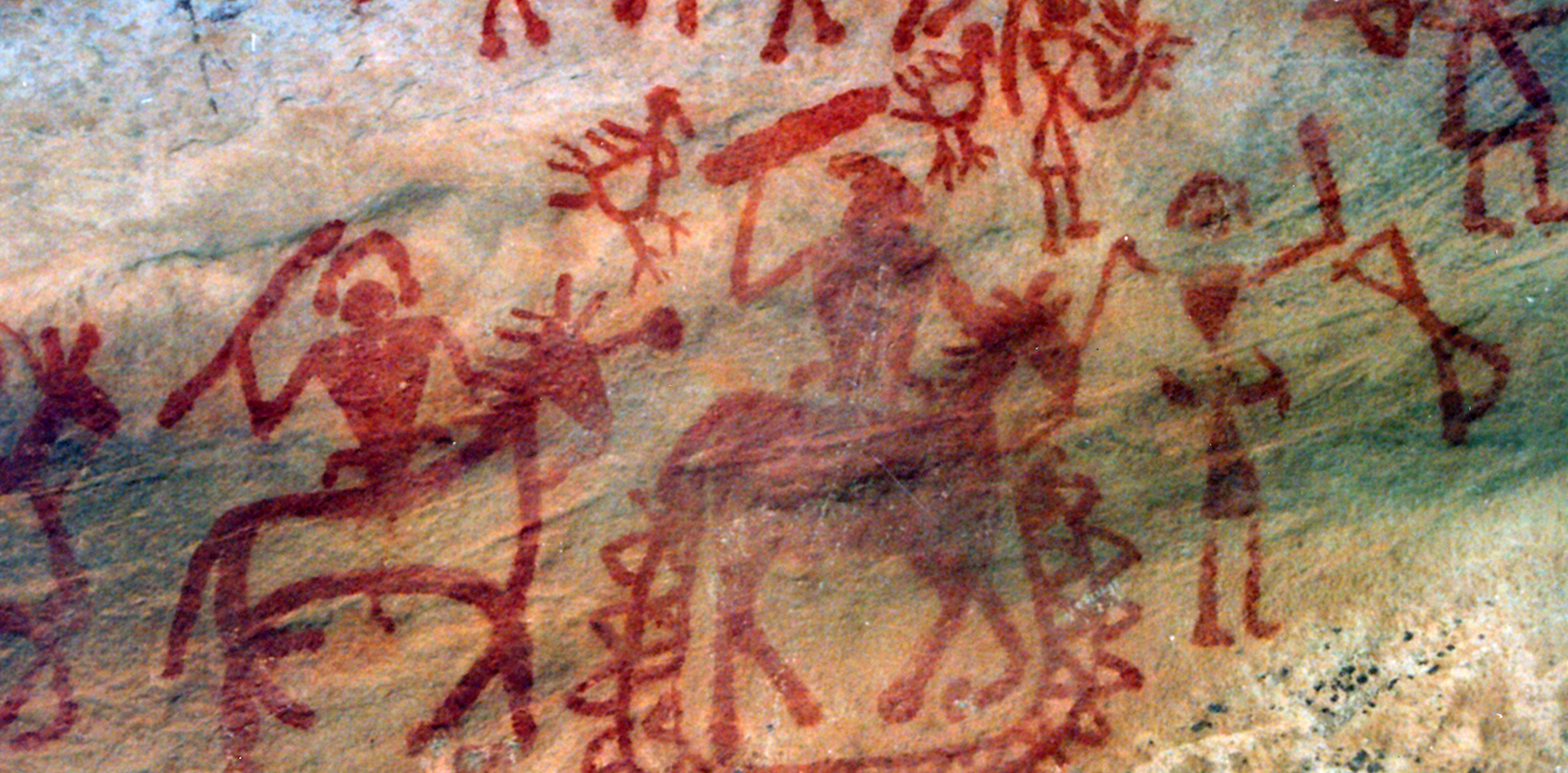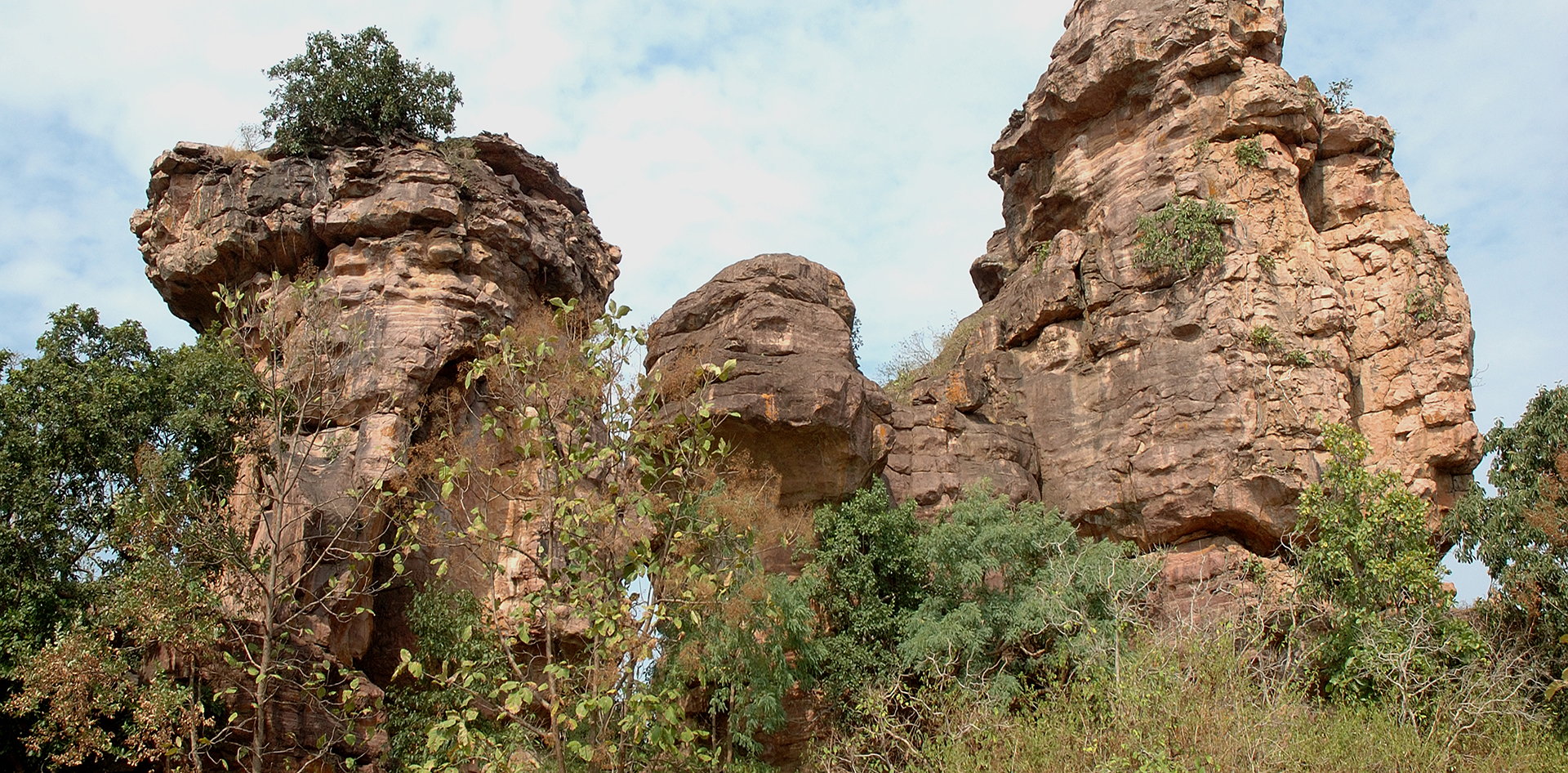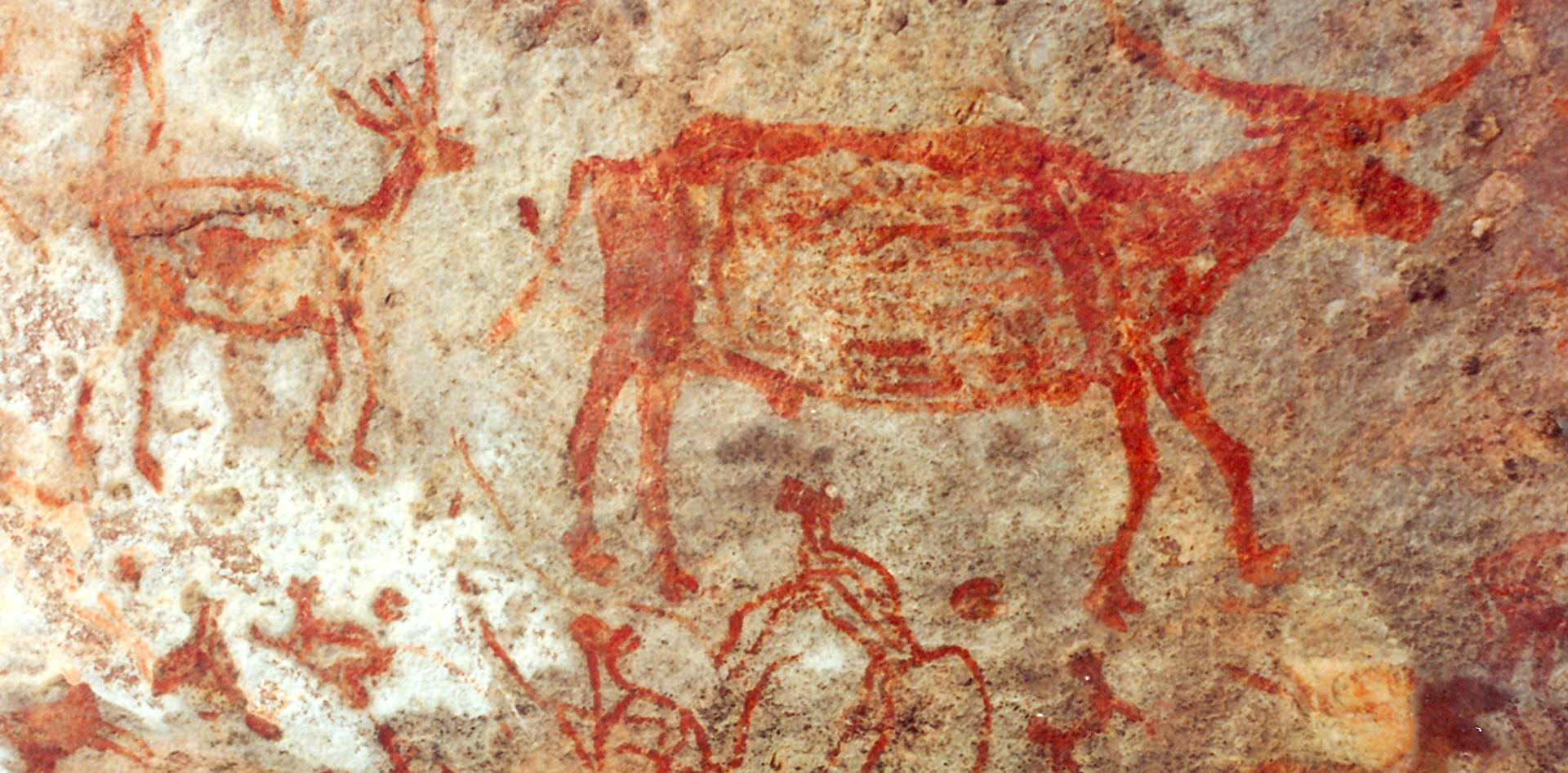- Home
- About Pre-History
Prehistory Branch, Nagpur
About Branch
Due to the efforts of Mortimer Wheeler, the post of Prehistorian was created in the Archaeological Survey of India in 1944. Subsequently, the ASI set up an independent unit, Prehistory Branch, in 1958 with its headquarter at Nagpur to undertake exclusively Prehistoric Research. The prehistory Branch was nurtured and flourished by the ceaseless efforts of the eminent prehistorians like Dr. R. V. Joshi, Dr. K.D. Banerjee and Shri B. P. Bopardikar. The Branch has continued its research in prehistory under the guidance of Dr. D. Bhengra, Director (Prehistory) and other prehistorians till date.
Scope
The Prehistory Branch, in all these years has worked relentlessly across the length and breadth of the country and also abroad. In this process the Prehistory Branch has discovered many unknown facets of our past and has opened new vistas for further studies in Indian Prehistory. In order to know the sequel of prehistoric cultures in India, explorations and excavations wherever necessary, were undertaken in the states of Andhra Pradesh, Chhattisgarh, Gujarat, Goa, Haryana, Himachal Pradesh, Jammu and Kashmir, Jharkhand, Karnataka, Kerala, Madhya Pradesh, Maharashtra, Orissa, Punjab, Tamil Nadu, Uttaranchal, Uttar Pradesh, West Bengal, Sikkim and North Eastern States except Tripura and also in the Union Territories of Andaman and Nicobar Islands, Lakshadweep Island and Pondicherry.
Research Activities
Many important research works were carried out by the Prehistory Branch during the last sixty four years. A significant achievement of the Branch was the discovery of Neolithic phase without pottery at Gufkral, Distt. Pulwama in Jammu & Kashmir. Exploration was also carried out in the Upper Indus Valley of Ladakh region and discovered stone age sites.. In collaboration with Deccan College, Pune, M.S. University, Baroda and Geological Survey of India explorations were carried out in Banganga Valley, a tributary of Beas in Punjab where number of prehistoric sites were discovered on the river terraces. In Himachal Pradesh, Kangra and Mandi districts were thoroughly explored which resulted in discovery of many Stone Age sites.
A systematic exploration done in Madhya Pradesh and Odisha brought to light many rock shelters with paintings and number of prehistoric sites in the submergence area of the Sardar Sarovar Dam Project, Narmada Sagar Dam Project in Madhya Pradesh and Gosikhurd Dam Project in Bhandara district of Maharashtra, Vidarbha, Khandesh and Konkan regions. Several stupa complex and habitation site were brought to light at the Pangoraria group of rock shelters. Extensive explorations carried out in Andaman & Nicobar Islands led to the discovery of Kitchen Midden sites.
Major excavations were conducted in Bhimbetka, Adamgarh, Hirapur Khadan, Balwara, Pipri, Utawad, Nawarakheri and Khaparkhera in Madhya Pradesh which yielded the remains of different cultures from prehistoric to chalcolithic. In Chhattisgarh the Megalithic site at Karkabhat was scientifically excavated. In Maharashtra excavations were conducted at the prehistoric sites of Bahurupa, Savalda, Pachad, Hathkamba, Yesar, Kachargar and Papamiyan Tekdi. Gudiyam, Attirampakkam, Poondi, Neyveli and Vada Madurai are some of the important prehistoric sites explored and excavated by the Prehistory Branch in Tamil Nadu. The Branch also carried out through explorations and excavations at the North Eastern states at Sekta in Manipur, Vadagokugiri and Pyntherlangtein in Meghalaya.
 Home
Home







